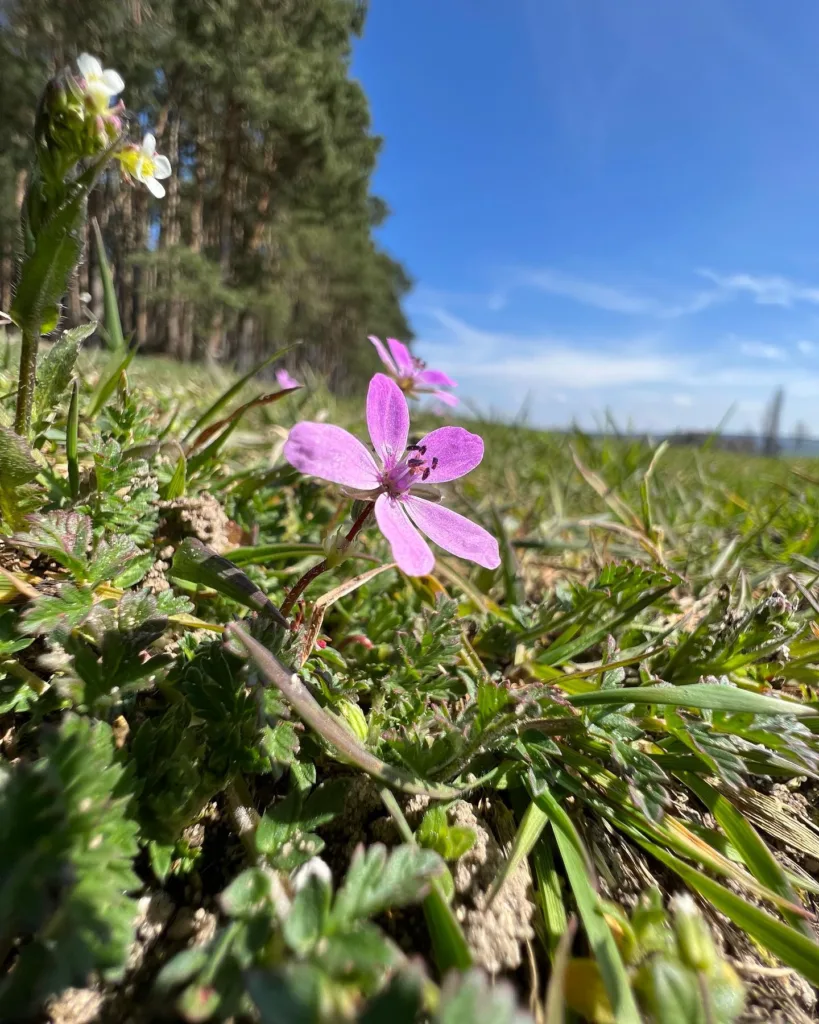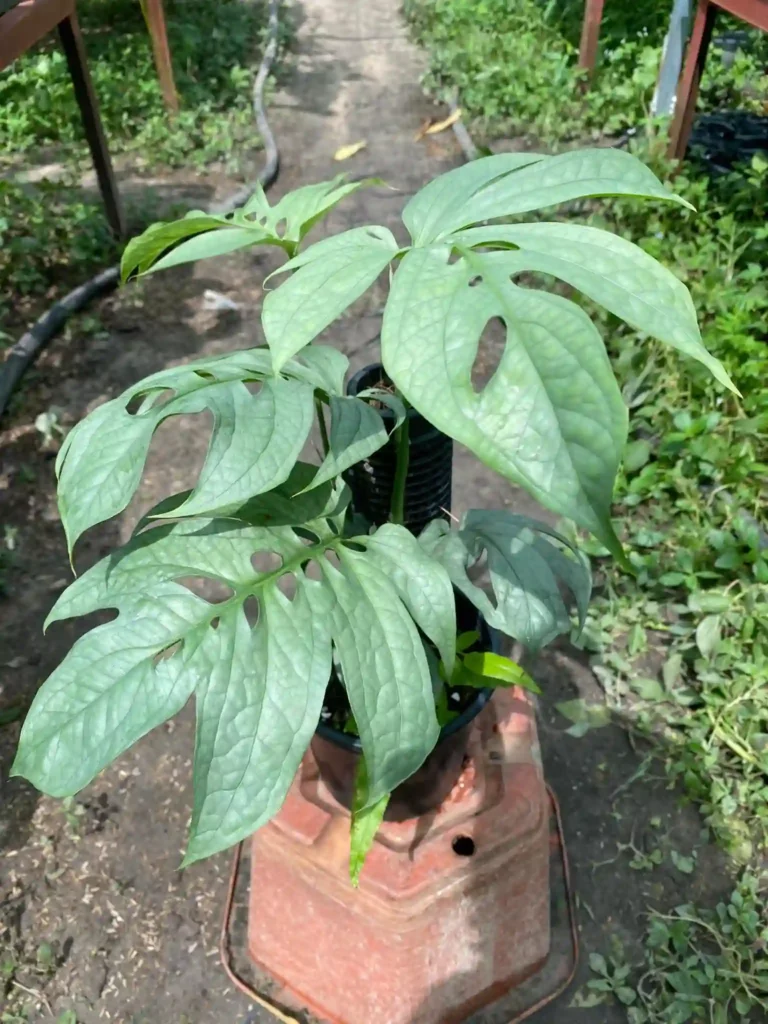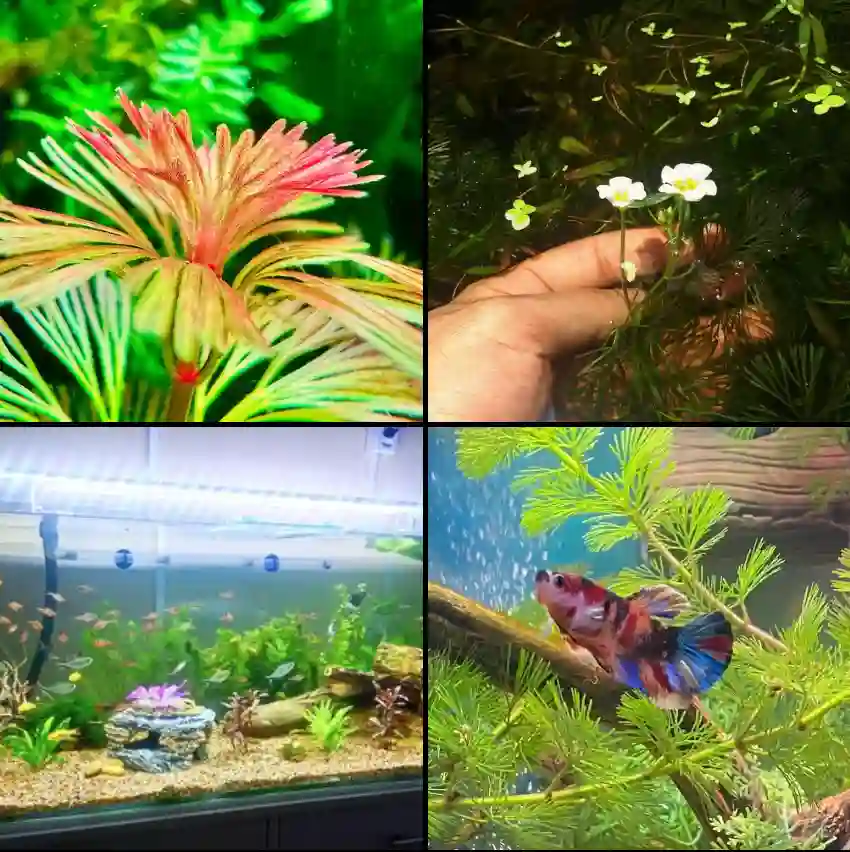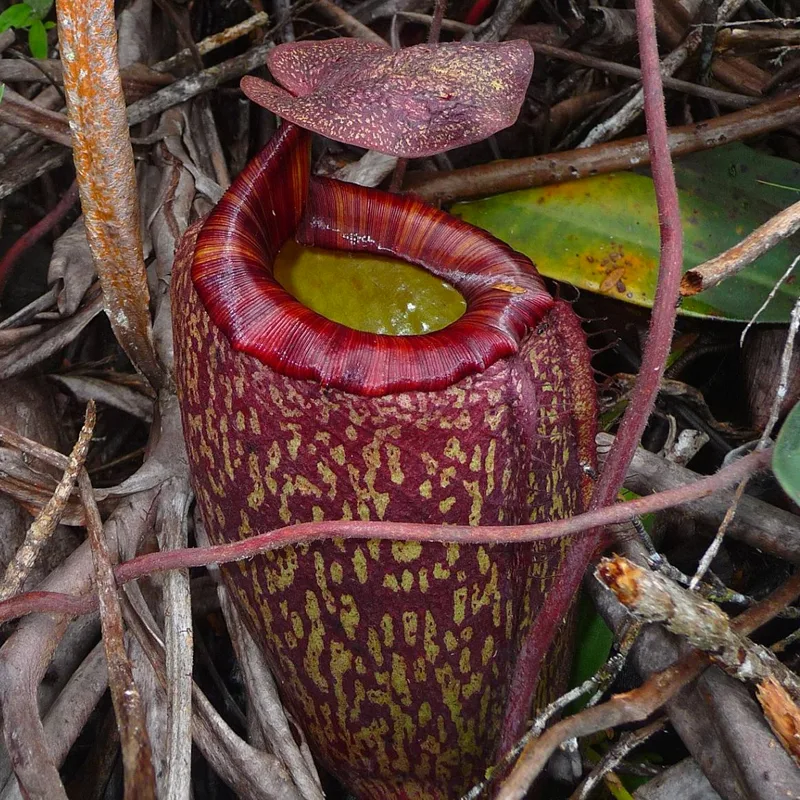Frequently Asked Questions about Cornus Nuttallii
As a plant enthusiast, I’ve always been fascinated by the beauty and versatility of Cornus Nuttallii, also known as Pacific Dogwood. This tree has intrigued me with its unique characteristics, and over time, I’ve encountered a lot of questions from fellow gardeners about its care, propagation, and growth habits. In this article, I’ll answer some of the most common questions and offer insights based on my experiences.
56 Species in Genus Cornus – Dogwood
What is Cornus Nuttallii?
Cornus Nuttallii is a stunning deciduous tree native to the western regions of North America. It’s admired for its large white bracts (often mistaken for flowers) that surround small clusters of true flowers. These bracts give it a distinctive and elegant look, making it a popular ornamental tree. It can grow to impressive heights, typically between 20 to 40 feet, and sometimes even taller under the right conditions.
Where Does Cornus Nuttallii Grow?
This tree is native to the coastal ranges of the Pacific Northwest, thriving from British Columbia down to California. It prefers moist, well-drained soils and is often found in forested areas where there’s partial shade. If you’re looking to grow it in your garden, try to replicate these natural conditions by providing dappled sunlight and protection from harsh winds. The tree also does best in USDA zones 7 through 9, where it can enjoy cooler summers and milder winters.
How Are Seeds Dispersed for Cornus Nuttallii?
One of the fascinating things about Cornus Nuttallii is its seed dispersal process. Birds are the primary agents for spreading its seeds. After the tree produces its small, red berry-like fruits, birds feed on them, and the seeds pass through their digestive systems. Once deposited in new locations, these seeds can germinate and grow into new trees. This natural symbiosis with wildlife is one of the reasons Cornus Nuttallii is so widespread in its native habitats.
How Many Years Does Cornus Nuttallii Live?
Cornus Nuttallii trees can live quite a long time under ideal conditions. On average, they live for about 80 to 100 years, but in optimal environments, some trees may live even longer. Factors that can affect the tree’s lifespan include the quality of care, the presence of pests or diseases, and environmental conditions. Regular pruning, proper watering, and ensuring the tree is planted in its preferred soil can all contribute to a long and healthy life.
How to Care for Cornus Nuttallii?
Caring for Cornus Nuttallii requires attention to its specific needs. Here are some tips:
- Watering: Keep the soil consistently moist, but ensure it’s well-drained. Overwatering can lead to root rot, while too little water may stress the tree, especially in hot weather.
- Soil: Cornus Nuttallii prefers acidic to neutral soils rich in organic matter.
- Light: Partial shade is ideal for this tree, as too much direct sunlight can cause leaf scorch, particularly in hotter climates.
- Pruning: Prune dead or damaged branches in late winter or early spring to encourage new growth and maintain the tree’s shape.
Can You Grow Cornus Nuttallii Indoors?
Unfortunately, Cornus Nuttallii is not suited for indoor growing. Its size and need for specific outdoor conditions, such as full to partial sunlight and space for root expansion, make it impractical for indoor environments. If you’re looking for an indoor dogwood variety, you might want to explore smaller species like Cornus Florida that can adapt to larger containers.
Is Cornus Nuttallii Toxic?
Cornus Nuttallii is not known to be toxic to humans or pets. The berries are not commonly consumed due to their bitterness, but they don’t pose a serious health risk if ingested. Still, it’s best to keep small children or curious pets from eating them.
How to Propagate Cornus Nuttallii?
Propagating Cornus Nuttallii can be done through both seeds and cuttings, though it requires some patience.
- Seed propagation involves collecting seeds from the berries, cleaning them, and cold-stratifying them for a few months to encourage germination. Once ready, plant them in well-drained soil and keep them moist until they sprout.
- Cuttings can be taken in late spring or early summer. Select a healthy branch, remove the lower leaves, and plant it in a mixture of peat and perlite. Keep the cutting in a humid environment until it establishes roots.
What to Plant with Cornus Nuttallii?
Cornus Nuttallii pairs beautifully with a variety of shade-loving plants. I’ve had great success planting ferns, hostas, and rhododendrons around it. These plants not only thrive in the same moist, shaded conditions but also complement the tree’s delicate, white bracts. Consider adding native understory shrubs like salal or Oregon grape for a natural woodland aesthetic.
Common Problems with Cornus Nuttallii
One of the main issues with Cornus Nuttallii is anthracnose, a fungal disease that can cause leaf spots, twig dieback, and even death if not treated. To prevent this, ensure good air circulation around the tree and avoid overhead watering. Powdery mildew can also be a problem, especially in humid conditions. Treat any outbreaks with a fungicide or prune affected branches to reduce spread.
Benefits of Cornus Nuttallii
Beyond its ornamental value, Cornus Nuttallii has ecological benefits. The tree provides food for wildlife, particularly birds, which feast on its berries. Its dense foliage also offers shelter for small animals and birds. Additionally, it’s a relatively low-maintenance tree once established, making it a great addition to any garden for both aesthetic and environmental purposes.
How Does Cornus Nuttallii Compare to Cornus Florida?
A common question I get is how Cornus Nuttallii compares to the more widely known Cornus Florida (Eastern Dogwood). Both trees have similar white bracts, but Cornus Nuttallii tends to grow taller and has a more upright, tree-like form compared to the spreading habit of Cornus Florida. Additionally, Cornus Nuttallii is better suited for cooler, coastal climates, while Cornus Florida thrives in the warmer regions of the eastern United States.
Conclusion
Cornus Nuttallii is a magnificent tree that adds elegance and beauty to any landscape. With proper care, it can live a long and healthy life, providing both visual appeal and environmental benefits. Whether you’re a seasoned gardener or new to the world of plants, Cornus Nuttallii is a worthy addition to any garden space, provided it receives the attention and conditions it needs to thrive.
If i die, water my plants!



